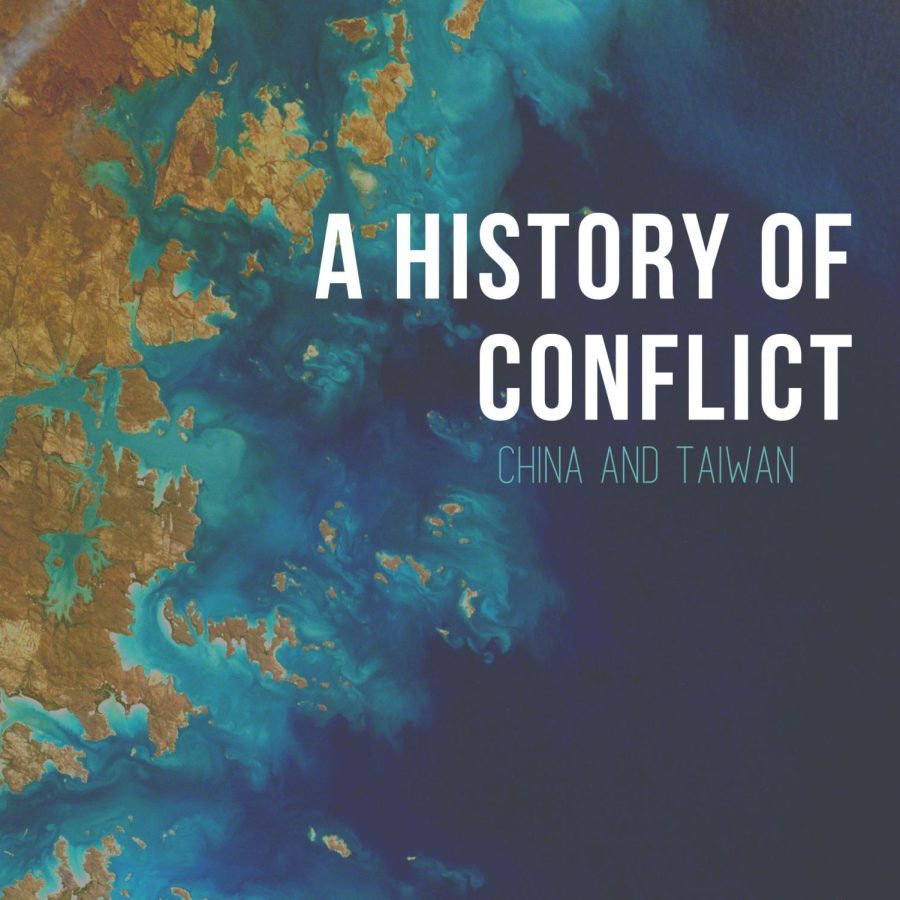A History of Conflict Between China and Taiwan
The two governments have been in conflict since the 1940s
Recent conflicts between China and Taiwan have made the possibility of an invasion increasingly probable.
The two governments have been in conflict since the 1940s, when Mao Zedong’s Communist Party of China (CCP) defeated the Kuomintang (KMT) nationalists and took Beijing, forcing them to flee to Taiwan and form a new government in Taipei. Taiwan and China are recognized as the Republic of China (ROC) and the People’s Republic of China (PRC), respectively.
In October 1971, Beijing took over Taipei’s seat in the UN, resulting in Taiwan’s inability to become a part of the UN to this day. In 1979, the US established diplomatic ties with the PRC while still being an ally of the ROC, backing the “One China” policy which states that Taiwan is a part of China and is not a separate country.
It would not be until 1987 that the ROC would allow Taiwanese citizens to visit mainland China, and in 1991 emergency rule was lifted from Taiwan, ending a state of war with China. However, the PRC and ROC were far from reconciliation, with the PRC testing missiles off of Taiwan to influence the nation’s first democratic election in 1996.
Four years later, the KMT had lost power in the ROC for the first time since the formation of the government. This allowed trade links between Taiwan and China to improve.
In March 2005, Beijing had made it illegal for Taiwan to secede from the mainland, and later in April the leaders of the CCP and KMT met for the first time since 1949. In 2008, talks between the two parties resumed after the election of the KMT’s Ma Ying-Jeou, and in 2014 the PRC and ROC held the first government-to-government discussions since separation.
In 2016, Tsai Ing-wen of the Democratic Progressive Party became the first female president of Taiwan, and stated in her victory speech that she would strive to maintain stability with China. On the day of Tsai’s inauguration, China cautioned against any moves to formally break away from the mainland for peace to be possible.
In January 2019, China’s president Xi Xinping warned that unification with Taiwan would be inevitable, and that military force was an option. Currently, China views Taiwan as a breakaway province that will eventually be reunited with the mainland while the people of Taiwan believe their nation to be separate from China, regardless of whether it is granted independence or not.
In August 2022, U.S. Speaker Nancy Pelosi visited Taiwan in order to show solidarity with the ROC. The visit resulted in a massive showing of China’s military force around Taiwan and the threat of “severe punishment” if Beijing is provoked further.
An invasion of Taiwan by China will not be without severe consequences, but Beijing has already pledged to unite the two nations by any means necessary. Tensions have only been increasing, and there is no guarantee of a peaceful resolution.




